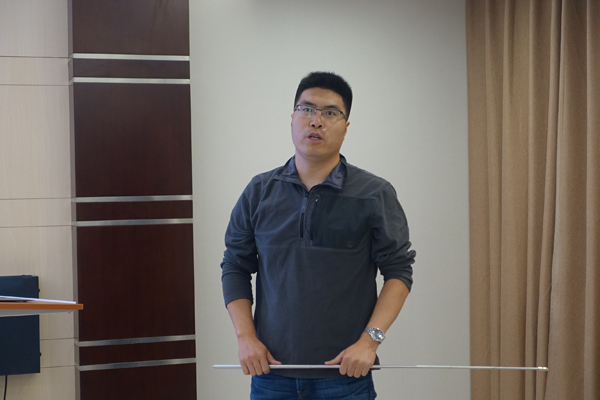
A stratospheric pathway linking a colder Siberia to Barents-Kara Sea sea ice loss
Dr. Pengfei Zhang
University of California, Los Angeles, USA
2019年10月22日(星期二)9:30
3号楼1218会议室
报告会主持人:刘屹岷 研究员
Abstract
Previous studies have extensively investigated the impact of Arctic sea ice anomalies on the midlatitude circulation and associated surface climate in winter. However, there is an ongoing scientific debate regarding whether and how sea ice retreat results in the observed cold anomaly over the adjacent continents. We present a robust “cold Siberia” pattern in the winter following sea ice loss over the Barents-Kara seas in late autumn in an advanced atmospheric general circulation model, with a well-resolved stratosphere. Additional targeted experiments reveal that the stratospheric response to sea ice forcing is crucial in the development of cold conditions over Siberia, indicating the dominant role of the stratospheric pathway compared with the direct response within the troposphere. In particular, the downward influence of the stratospheric circulation anomaly significantly intensifies the ridge near the Ural Mountains and the trough over East Asia. The persistently intensified ridge and trough favor more frequent cold air outbreaks and colder winters over Siberia. This finding has important implications for improving seasonal climate prediction of midlatitude cold events. The results also suggest that the model performance in representing the stratosphere-troposphere coupling could be an important source of the discrepancy between recent studies. I will talk about some recent progresses if time permits.
Paper link: https://advances.sciencemag.org/content/4/7/eaat6025
报告人简介:
Pengfei Zhang received his PhD from IAP/CAS in 2015. He joined Purdue University in 2015 and UCSB in 2018 as a Postdoc. Now, He is a Postdoc at UCLA. His studies helped to reconcile the debate on the role of Arctic sea ice loss in the formation of midlatitude cold winters by employing climate models that can fully resolve the stratospheric dynamics. Specifically, his research confirmed the impacts of Arctic sea ice loss on midlatitude cold winters and extremes, and identified the coupling between the stratosphere and troposphere in creating the remote impacts of Arctic sea ice loss. These findings advance polar science and mid-latitude climate dynamics, which have been highlighted by multiple news outlets including EOS/AGU, Nature Climate Change, and the US CLIVAR.